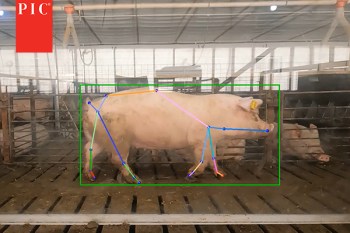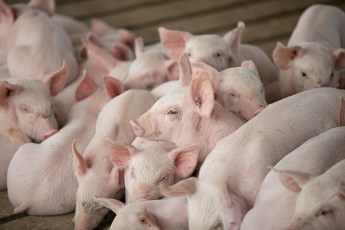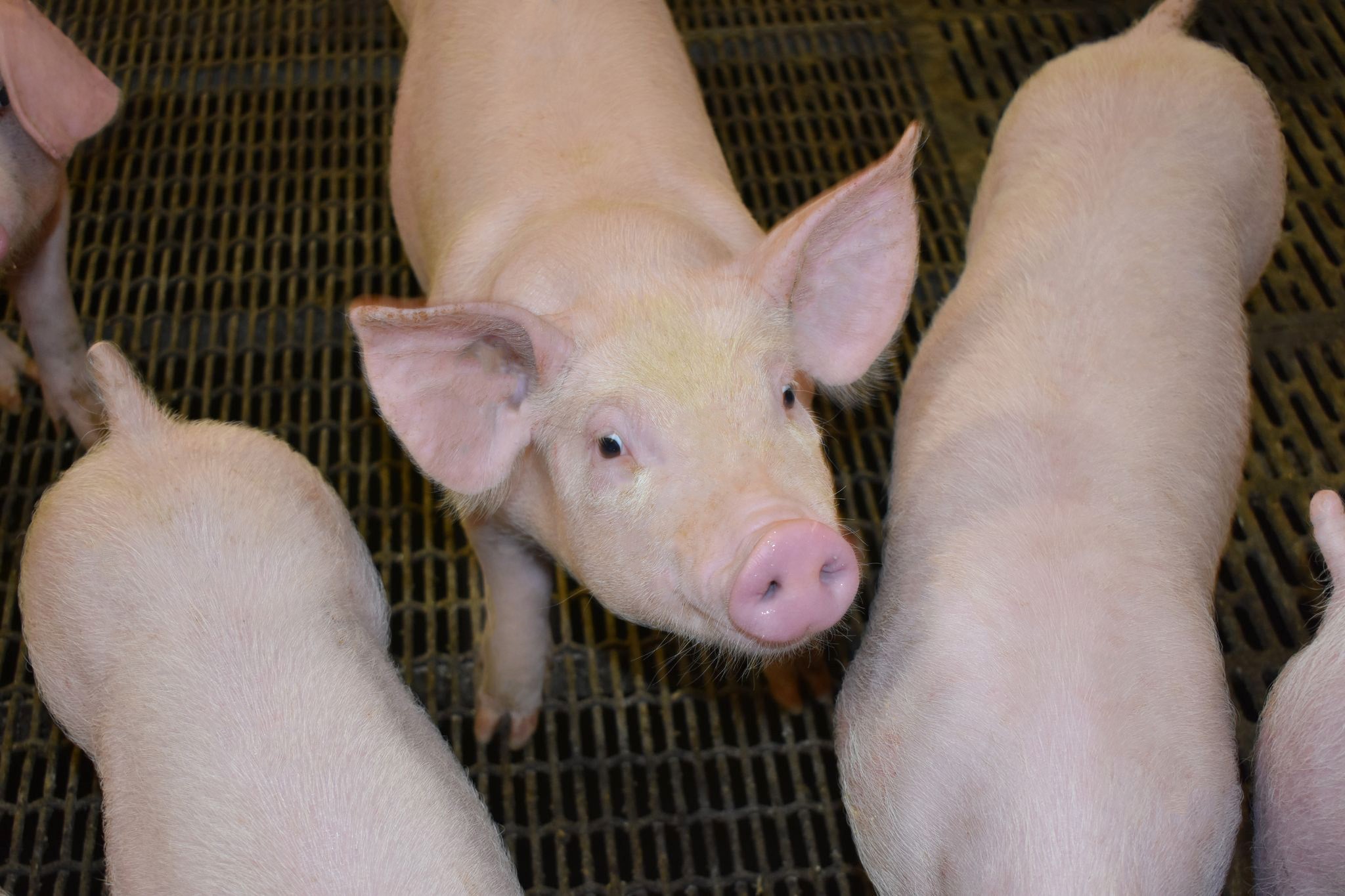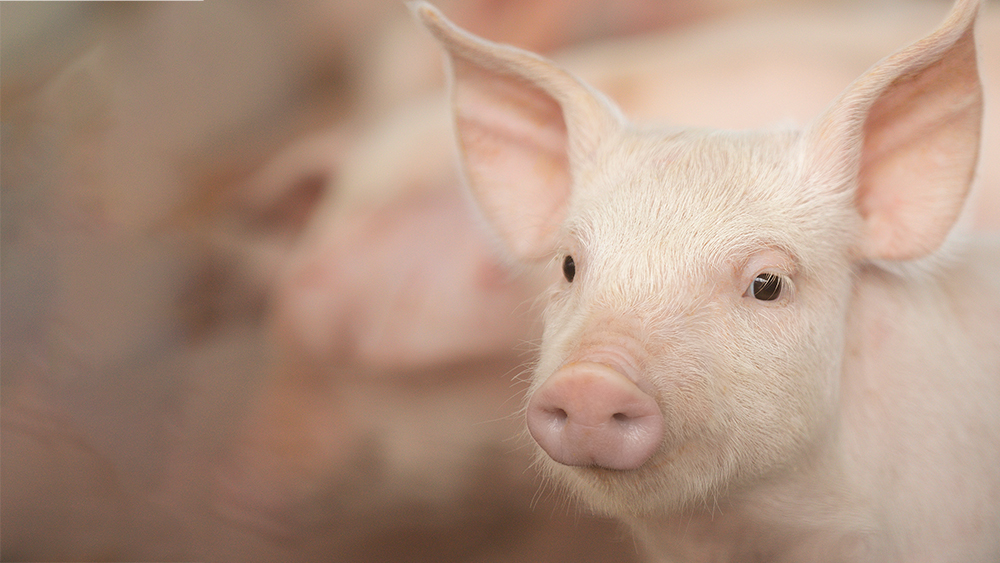
Any pork producer will agree that improving performance and animal comfort are top priorities. To meet these goals, PIC (Pig Improvement Company) is using new research techniques to find ways to improve sow and pig robustness and longevity.
The research is referred to as “digital phenotyping”. A phenome is a collection of an animal’s observable traits, just like the genome is its complete set of genes. Digital phenotyping uses automated systems to identify patterns in animal movement and behavior. The patterns help geneticists differentiate heritable traits and behaviors from those caused by outside factors such as nutrition, disease challenges or stress. Separating heritable and non-heritable traits can help PIC quickly and efficiently improve breeding programs that increase the robustness and longevity of sows and pigs.
“Digital phenotyping allows us to improve on work we have been doing for decades, as well as measure and describe traits we haven’t been able to before,” says Justin Holl, PIC global swine genetics development director. “It can remove the potential for human bias from the research, as well as increase how much data can be collected and analyzed at any given time.”
Minimizing sow lameness is a priority
Making improvements in feet and leg structure is a good example of doing new work in an “old” field. PIC has long used a scoring system to describe how animals’ front and rear legs move. Locomotion has been a core focus for PIC as a swine genetics company because animals with good locomotion scores tend to last longer and perform better in commercial sow herds. Digital phenotyping allows PIC to more precisely evaluate locomotion and sow lameness, which remains one of the top three reasons a sow is removed from the herd.
The process of digital phenotyping starts with video cameras set up to record animal movement and activity. Researchers analyze the video data to identify patterns or anomalies. The goal is to determine which traits or characteristics related to locomotion are heritable. Thus, PIC can make breeding choices to continue improving feet and leg quality and minimize sow lameness in the breeding herd.
“Using digital phenotyping, we can take a fresh look at an ongoing challenge,” Holl says. “We can capitalize on improvements in cameras and computer vision, map the results to our current scoring system, and identify new opportunities to improve genetic potential on our customers’ operations.”

New options in swine behavior research
One aspect of pork production that has been historically difficult to measure and analyze objectively is swine behavior, including what behaviors are driven by environmental factors as opposed to those that are inherited.
“Pigs have demonstrated some consistent behaviors for more than 100 years, such as tail biting or flank biting, that can negatively impact animal comfort and productivity,” says Holl. “By collecting video examples of this behavior and analyzing trends, we can begin to separate the behavioral traits that are heritable from those that are not, as well as identify how much impact the environment or swine genetics has on any given behavior.”
Improving the pig and pig care
As the process of digital phenotyping evolves, it will not replace the need for human knowledge and interaction with pigs, or the need for people to use skills like body condition or locomotion scoring. Rather, the technology will augment human skills in the same way technologies such as ultrasound supplement the way people assess meat and muscle quality in pigs.
“As we continue to improve the pig’s genetics, the management strategies will also need to evolve,” says Holl. “The research and analysis help us understand how environmental and swine genetic factors work together and allow our team to recommend the ideal management practices to support customer success.”
Selecting for sow robustness has long been part of PIC’s swine genetics improvement program. Read how PIC keeps working to improve sow retention rates and what you can do to improve retention rates in your sow operation.
Read more about PIC’s digital phenotyping efforts in Pig Progress.






